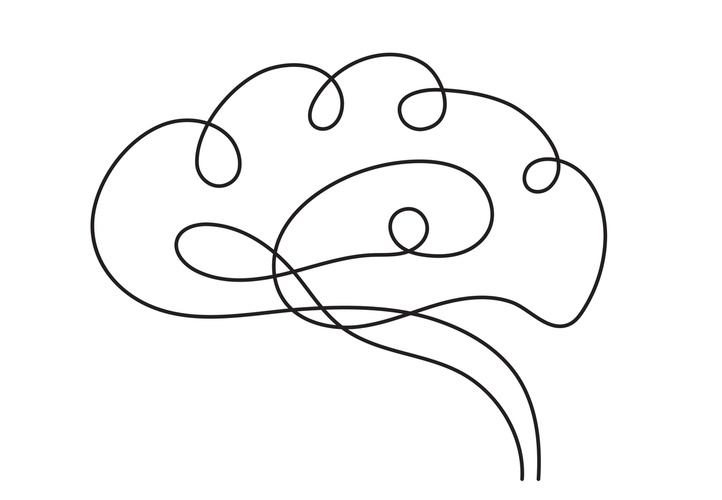
Choose a channel
Check out the different Progress in Mind content channels.

Progress in Mind

Understanding the relationships between brain activation and migraine symptoms is fundamental to instituting appropriate management and pharmacologic therapy, said Dr Andrew Blumenthal, Director, Headache Centre of Southern California, at AAN 2021. The prodrome and aura are linked to activation of different areas of the brain. The incapacitating throbbing headache is linked to activation of the trigeminovascular system and the release of calcitonin-gene-related peptide in the meninges.
Chronic migraine affects nearly 1% of the US population,1 said Dr Blumenthal, and each episode may last up to 7 days.2 Its high prevalence and disabling nature together with the lack of effective preventive therapy have led to its position as the second leading cause of years lost to disability worldwide.3
Migraine is a common disabling primary headache disorder
Multiple areas of the brain are involved in the early phases of migraine
The prodrome starts in the hypothalamus and precedes the headache by up to a few days. Patients have a premonition that something bad is going to happen and may experience fatigue, neck discomfort, food cravings and gastrointestinal disturbances.2
A migraine episode starts in the hypothalamus
A subsequent wave of electrical depression over the cortical surface of the brain is associated with transient neurologic deficits. These last from 5–60 minutes and characterise a migraine aura.2,4
Only about 20–30% of patients experience aura,2 said Dr Blumenthal, and it is typically visual, with a blind spot that slowly expands.5
Migraine aura is associated with a wave of cortical electrical depression
Other symptoms that might occur during an aura include numbness that creeps up the arm and into the face, trouble finding words, vertigo, and tinnitus.5
What causes the pain in the headache phase?
Most of the pain is felt in the meninges
Activation of the trigeminal nucleus caudalis and the superior salivatory nucleus in the brain stem are associated with the headache,2 said Dr Blumenthal. These nuclei feed to the trigeminal ganglion and the sphenopalatine ganglion, respectively, and these in turn project nerve endings (nociceptors) to the blood vessels in the meninges.2
The main mediator released by the nociceptors, particularly the trigeminal, is calcitonin-gene-related peptide (CGRP).6 CGRP is a potent vasodilator and causes inflammation around the blood vessels,6 resulting in the incapacitating throbbing headache,2 explained Dr Blumenthal. If the pain is not effectively treated, the inflammation will continue, creating increasing amounts of CGRP.2
It is well established that CGRP is implicated in migraine pathophysiology
Dr Blumenthal highlighted the following evidence demonstrating the close association of CGRP with migraine episodes:
The satellite symposium was sponsored by AbbVie, Inc.
Our correspondent’s highlights from the symposium are meant as a fair representation of the scientific content presented. The views and opinions expressed on this page do not necessarily reflect those of Lundbeck.